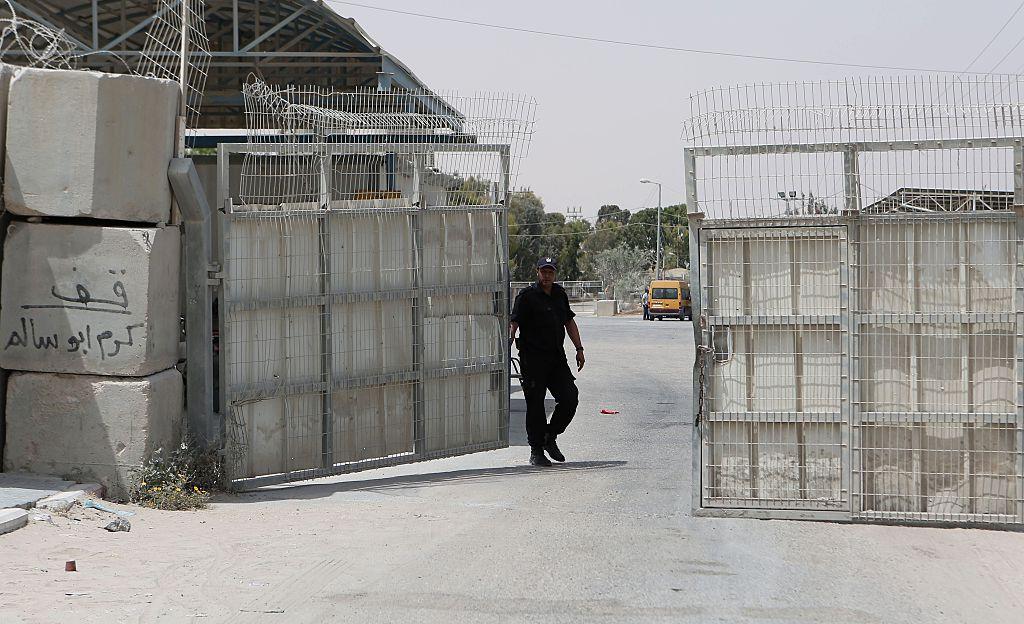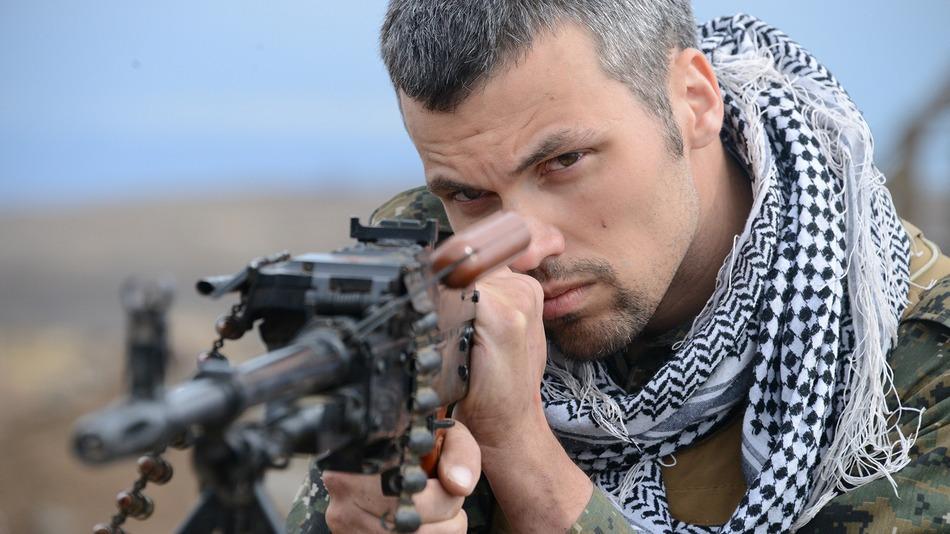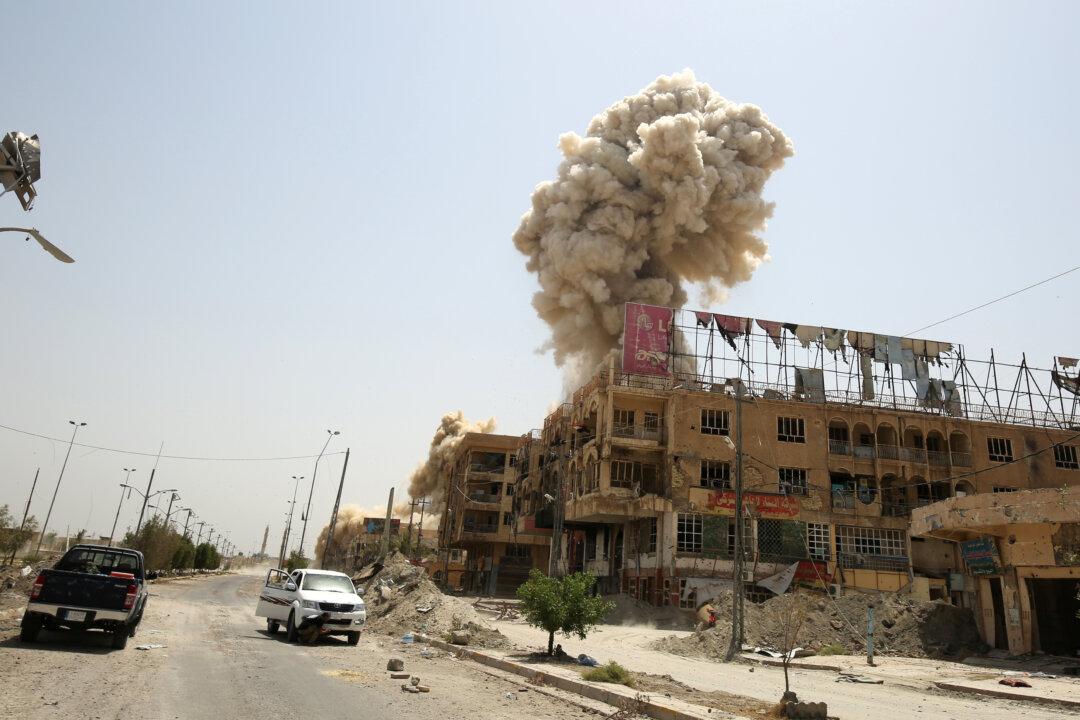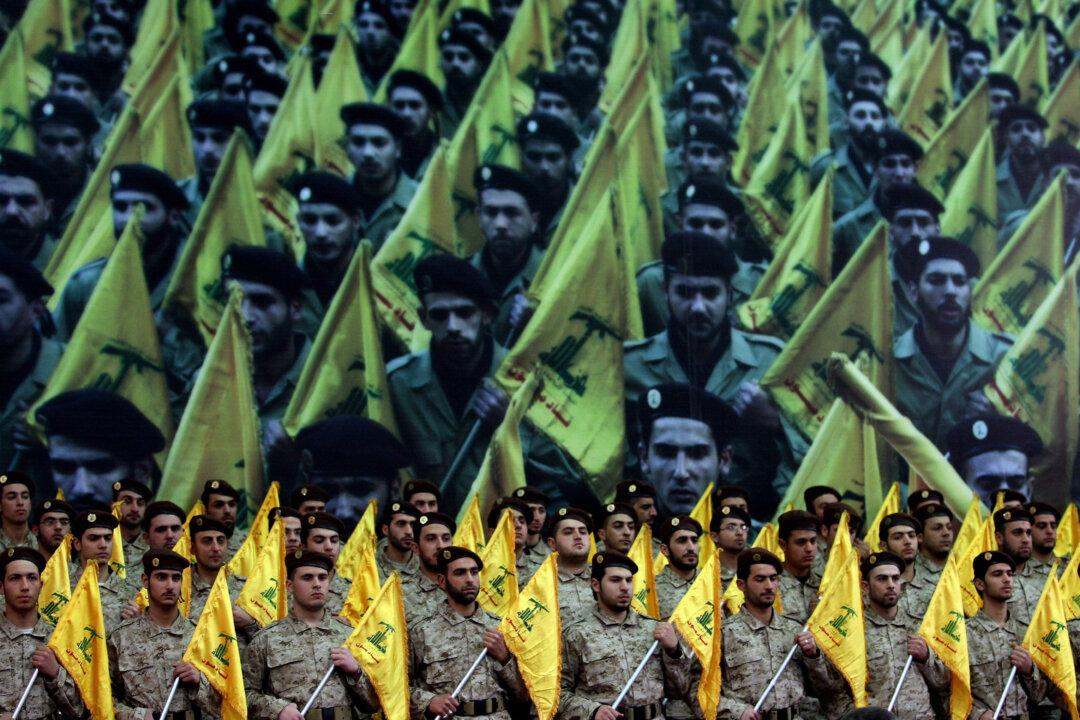KEREM SHALOM CROSSING, Israel—At first glance the labyrinth of somber, gray walls seems like a dystopian truck stop built of concrete. It is populated with tough men and their tools: truck drivers waiting for passage, busy workers driving forklifts, and heavily armed security guards leading their explosive-sniffing attack dogs. An oddly unvaried collection of goods and animals seems sparse in the shadow of the massive walls.
Nothing of the outside world is visible once you’re inside.
This is Kerem Shalom border crossing—the only operational point of transfer for goods between Israel and Gaza. On one side is the State of Israel. On the other is Hamas and almost 1.8 million Palestinian residents who are severely limited in their movement.
The prison-like experience of being inside Kerem Shalom is typical of land border crossings in this part of the world, where tensions often run as high as the temperature. But Gaza is a special case. Bordered on the west by the Mediterranean, the south by Egypt, and the north and east by Israel, the 50-mile long strip of land has been under a tight air, land, and sea blockade since 2006.
On a recent day in May as the hot sun beat down, nothing but a perfect blue sky could be seen from within the three-story-high walls encapsulating Kerem Shalom. Inside is a series of 12 distinct chambers, called “rooms,” that serve as holding areas for goods on their way in both directions, mostly to Gaza.
One room held a few truckloads of fat, depressed-looking cattle on their way to slaughter. Another held flatbed trucks with just enough cement bags on each to build a house. A smaller room held tanks with cooking gas for transfer. One of the largest rooms was filled with row upon row of rough, twisted barbs of scrap metal that had been compressed into perfect, symmetrical squares.





